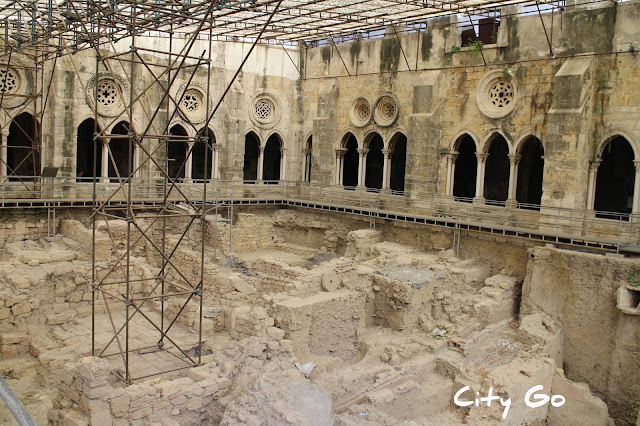Gravensteen, Ghent, Belgium
The Gravensteen (meaning Castle of the Counts) dates back to the 10th century, when a wood bastion, naturally protected by the river Leie and its marshy banks was built.
In the early 11th century the wooden structure was replaced by a stone one; a century later the motte-and-bailey castle was built. In 1176 a fire destroyed the castle and the surrounding buildings. The castle was rebuilt in 1180, in a demonstration of power to the rising aristocracy of Ghent.
In the late 13th century the castle was handed over to the city authorities and became the seat of the Council of Flanders the country's highest court. People were detained and imprisoned here, and sometimes submitted to gruesome torture.
By the 18th century, the castle had gradually lost its functions. It was sold out and converted into an industrial complex. By the 2nd half of the 19th century the building was no longer in line with safety regulations and was again sold out, this turn to be demolished. At this time the inhabitants of Ghent still saw the castle as a symbol of power abuse, oppression and torture.
However, starting in 1865, the castle was bought back from its private owners. Everything that wasn't Tournai limestone was demolished and in 1893 restoration works begun, following a romantic interpretation of what the castle would have been like back in the 12th century.
Opening hours: daily from 10 a.m. to 6 p.m.; Nov. to Mar. from 9 a.m. to 5 p.m.




















Comments
Post a Comment